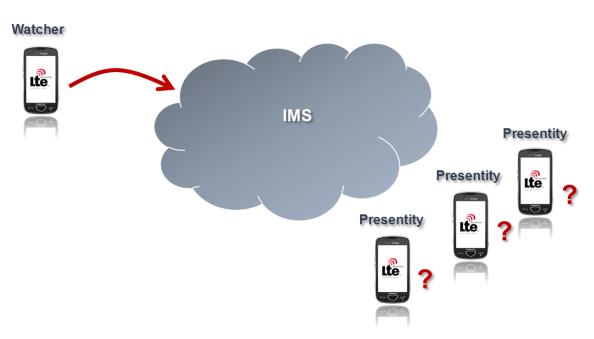Rich Communication Services (RCS) has been around for a couple of years without any major success (actually the number of RCS deployments has been declining). There were many reasons. From the technical point of view it was caused by very ambitious design at the times where there was a little experience with IP-based technologies in operators’ networks, along with the lack of good enough RCS clients. That has changed and in the November 2016 we got a new standard called RCS Universal Profile (RCS UP) created by GSMA.
It contains a set of Advanced Calling and Messaging features and agreed enablers – such as application to person messaging (chatbots) and conversational commerce (the seamless integration of transactions and messaging).
Update: GSMA in June, 2017 released the version 2 of RCS Universal Profile. This document also introduces the key enablers for Messaging as a Platform (MaaP). MaaP includes support for Application-to-Person messaging, Rich Cards, privacy control and spam protection to open up an A2P RCS business.

To date 46 Mobile Network Operators and 12 manufacturers, covering a subscriber base of 4.7 billion people globally, have committed to supporting a single, standard implementation of the Universal Profile. That means that the profile will be implemented by most smartphones makers (similarly as in the case of VoLTE/VoWifi). They are Alcatel, ASUS, General Mobile, HTC, Intex Technologies, Lava International Ltd., LG Electronics, Lenovo/Motorola, Samsung Electronics and ZTE,. Moreover the standard is supported by mobile OS providers Google and Microsoft. Therefore the devices will be equipped (as from Q2 2017) with a built-in Advanced Messaging app, so consumers will be able to text, chat and share media without the need to download any special application. (However a usage of app is also an option supported by RCS Universal Profile.)
Update: We have got the first smartphone with RCS UP support – more here.
It is worthwhile to mention that Google is playing an important role because it bought Jibe – one of a few useful RCS clients, and has developed a universal Android client based on the GSMA RCS UP. Google along with Sprint in US and Rogers in Canada announced that they’re rolling out with their RCS Messaging based on RCS UP at the end of the last year. Besides, as GSMA says, Google is offering a carrier hosted service for Operators to launch and manage Advanced Messaging services to their customers without deploying the RCS or even IMS infrastructure.
Update: We have got some more RCS UP deployments in Europe and Asia this year – more here.
Update: Australia – more here
Update: Sprint and Rogers now support RCS Interconnect! – more here.
Continue reading →











